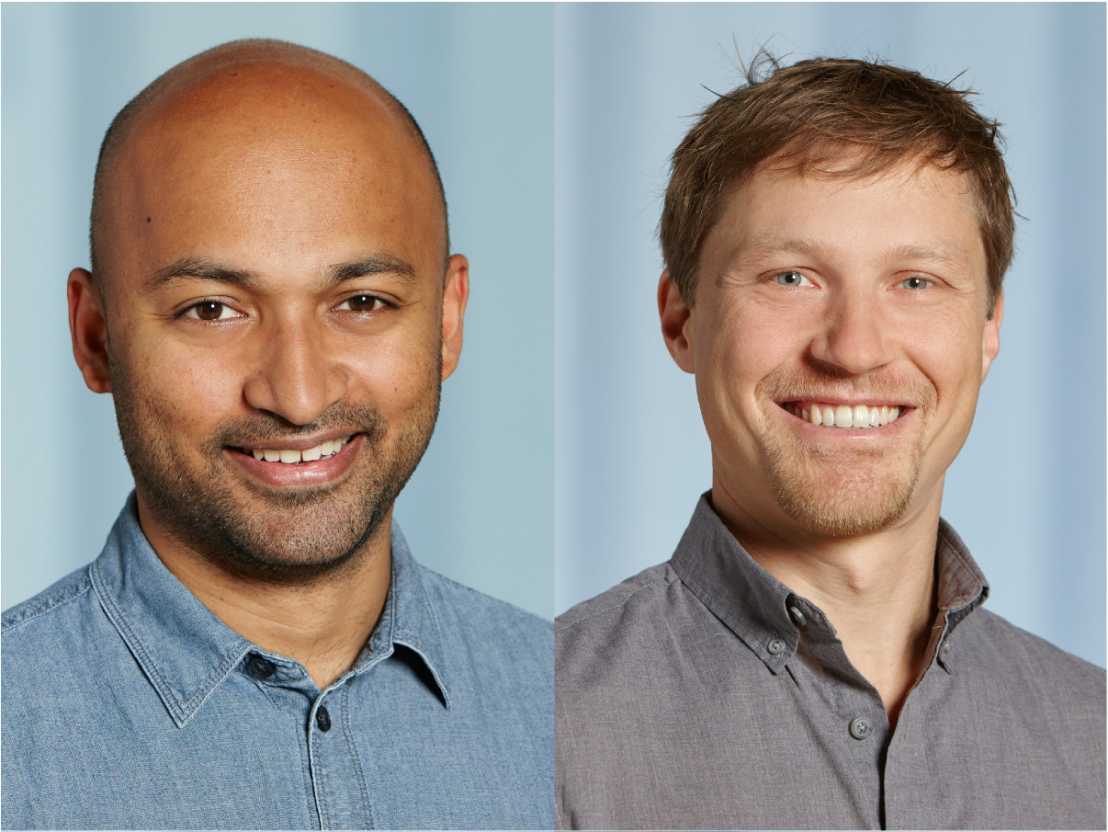BML welcomes Madhav Jagannathan and Gabriel Neurohr!
Madhav Jagannathan and Gabriel Neurohr from the Department of Biology (D-BIOL) join BML as associate members!

The Jagannathan Lab (D-BIOL/IBC) is broadly interested in exploring the function(s) of non-coding satellite DNA repeats in eukaryotes. Within nuclei, satellite DNA repeats from multiple chromosomes are clustered by multivalent DNA-binding proteins into non-membrane enclosed foci known as chromocenters. Work from their lab has demonstrated that chromocenter disruption leads to micronuclei, loss of nuclear integrity and cell death. Their data suggest that satellite DNA and chromocenters constitute an important mechanism by which eukaryotes solve the logistical problem of encapsulating their entire set of chromosomes in a single nucleus. Moving forward, they aim to more fully understand satellite DNA function at a cellular and organismal level and they are investigating whether the widely observed divergence of satellite DNA repeats is one of the fundamental barriers that reproductively isolates different species.
The cytoplasm displays unique physico-chemical properties that allow thousands of chemical reactions to occur simultaneously. One of this properties is the high concentration of macromolecules which contributes to accelerate biological reactions, protein folding and assembly of proteins into higher order structures. Changes in cytoplasmic crowding occur during cell senescence and in response to starvation and coincide with dramatic changes in cell behavior. The Neurohr Lab (D-BIOL/IBC) uses genetics, life cell microscopy, quantitative phase imaging and biochemical assays to study how cytoplasm density is regulated and how it affects different cellular functions such as signaling, transcription, DNA damage repair and cell proliferation. They use budding yeast and mammalian cell culture as model organisms.